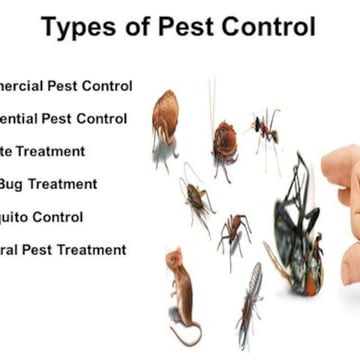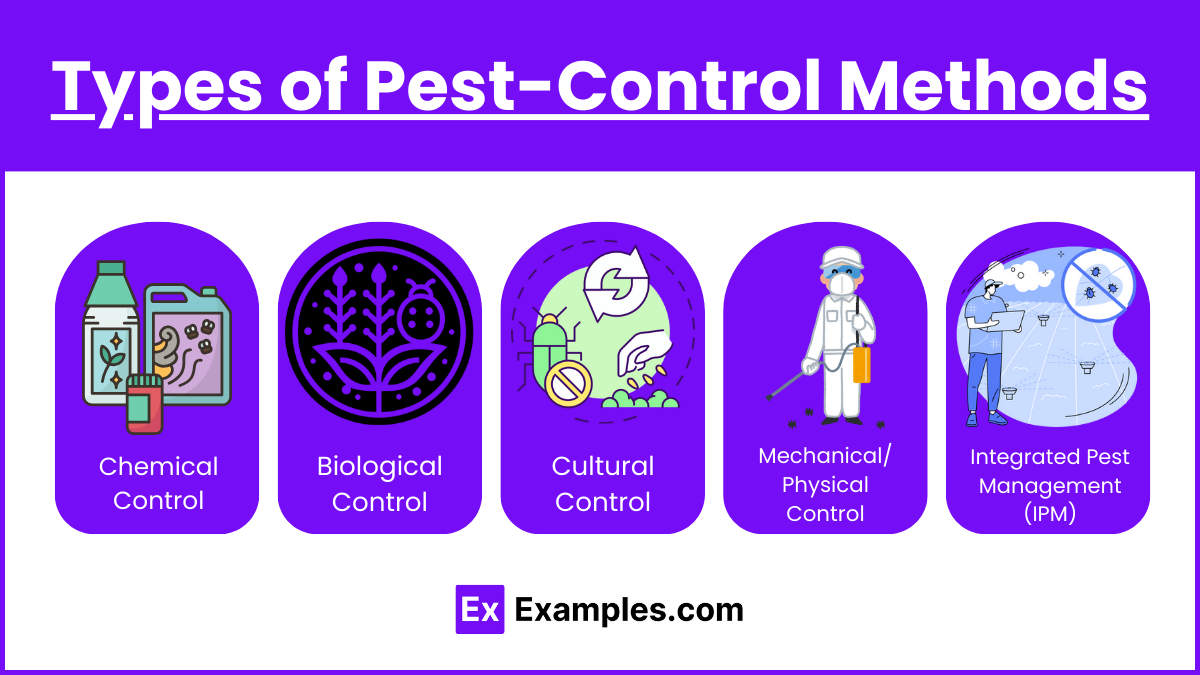3 Easy Facts About Pest Control Shown
3 Easy Facts About Pest Control Shown
Blog Article
The Buzz on Pest Control
Table of ContentsThe Greatest Guide To Pest ControlNot known Incorrect Statements About Pest Control Not known Facts About Pest ControlThe Greatest Guide To Pest Control3 Easy Facts About Pest Control ShownPest Control Things To Know Before You Get This
Our findings show that the first assessment will certainly set you back anywhere from $160-$300 on average. This usually sets you back anywhere in between $400-$1000 for the whole year's protection, with regular monthly or bi-monthly check outs already rolled right into the final expense.Depending on the trouble, a task that calls for an one-time check out typically costs $300 to $550. These are the most convenient rates to detail in your bug control rates checklist.
Pests that usually requires recurring check outs include: Roaches. Spiders. Termites. Ticks. Rodents. Our searchings for show that an initial go to has to do with $180 and is the very first of a continuous agreement. The initial check out is where you do the exploring that will assist you figure out a remedy. Throughout this very first see, you should: Assess the trouble. Pest Control.
12-month agreement. Generally, the frequency of regular sees is: On a monthly basis: $40 45. Every 2 months (semi-monthly): $50 60. Every three months (quarterly): $100 300. Bug control is a chemically-intensive business. Chemicals are the vital materials that pest control operators use to complete a work. Usual chemicals include: Boric acid.
All About Pest Control
Important products and supplies you'll make use of consist of: Respirator. Sprayer. Gloves. Duster. Foamer Baiting devices. UV light. Other safety and security equipment. It is very important to have all of the right tools prior to beginning a job. Your tools should be included as part of your expenses prices. If you have workers, after that labor costs are mosting likely to be the biggest costs for your company.
Limitations of Chemical Administration Have the ability to evaluate insect issues, determine if administration is necessary, and make suitable referrals making use of IPM techniques. Be acquainted with different techniques of pest management - their benefits and limitations. Recognize the value of helpful pests. It is not possibleor even desirableto rid yards of all parasites.
This chapter discusses (IPM), a technique that utilizes understanding about parasites and their, techniques, nonchemical approaches, and pesticides to take care of bug troubles. Added information concerning IPM for particular plants is included in phases that concentrate on those plants. Insects in a yard or landscape might consist of bugs and mites, weeds,, animals, and birds.
The Facts About Pest Control Revealed
Bugs and weeds, however, play a function in the. After planting a yard or establishing a lawn, the natural procedure of plant succession begins to restore and nonnative plants.
What we call "pests" are part of a natural system at work. Only human beings consider specific types insects when they occur where they are not wanted.
Parasites prone to a chemical were promptly eliminated, leaving resistant ones to reproduce and multiply. It came to be clear that pesticides alone would not fix all pest problems. Instead, overuse of chemicals created the growth of immune parasites. Scientists started to establish a new strategy to pest control. This brand-new technique was referred to as incorporated bug administration (IPM).
An IPM plan allows some degree of insects in the setting. Insects are much less likely to survive a program that utilizes several techniques of minimizing their populaces. Integrated parasite monitoring was first recommended by entomologists due to the you could check here fact that insects were the very first team of pests to verify difficult to handle with chemicals alone.
An Unbiased View of Pest Control

Administration as opposed to obliteration of parasites is the goal. An IPM strategy starts with a cautious assessment of each parasite infestation. Just then can one determine about the proper strategies necessary to suppress pest tasks. The life cycle of the pest, possible damages, natural enemies, and results of weather, to name a few aspects, are taken into consideration before a control strategy is implemented.
Clover expanding in a yard may be deemed an undesirable weed, however as a vegetable it is manufacturing nitrogen for the dirt and the flowers are providing nectar to honey bees and various other. Resistance for some weeds might belong to an IPM strategy. might be eating the fallen leaves of a plant, however when they are determined as the larvae of Eastern tiger swallowtail butterflies, their damage might be tolerated so we can take pleasure in the gorgeous butterfly.
Figure 81. Brownish lacewing larva (Hemerobiidae family). Pest Control. Matt Bertone Prevention is the initial device in bug management due to the fact that it is one of the most effective, least pricey, many eco-friendly remedy. Picking a healthy plant that grows in the wanted location with More about the author the readily available light, growing it carefully, and making certain that it has ample water and nutrients protects against stress and anxiety and reduces insect troubles.
Pest Control - Questions
The second essential device in bug management is early intervention. Existing and observant in the yard ensures early detection. Responding to troubles promptly, before they have time to increase, calls for a less dramatic treatment. The third essential tool is recordkeeping; tracking what occurs in the garden enables a garden enthusiast to identify patterns he has a good point and make educated choices.
Lots of risk-free, practical, nonchemical methods of plant defense and parasite management might decrease or remove the requirement to spray. Various other techniques are most useful when utilized with chemicals. To execute monitoring methods appropriately and to minimize losses, garden enthusiasts ought to know the kinds of bugs that strike plants and understand pest biology.
Parasite administration methods fall right into 4 groups: cultural, mechanical, organic, and chemical. Maintaining plants healthy and balanced and stopping plant stress helps plants to much better endure and repair the damages triggered by a bug or mite parasite. Some evidence indicates that healthy and balanced plants stand up to invasion by pests much better than plants with low vigor.
Conducting a dirt examination and applying only the advised amount of plant food and lime makes the most of the advantage to the plant while lessening problems connected to excessive use of fertilizer. Treatment the soil with numerous inches of mulch shields the plant in several methods: reducing soil water loss to evaporation, decreasing weed competition, supplying nutrients, and creating an ideal environment for earthworms and microorganisms that keep the soil loose for roots and damage down natural product to launch nutrients.
Pest Control - Truths

If tilling is considered needed, consider doing it in the loss when the life cycles of lots of bugs brings them near the surface area. At the surface area, bugs become revealed to the climate as well as birds and various other all-natural enemies.
Report this page